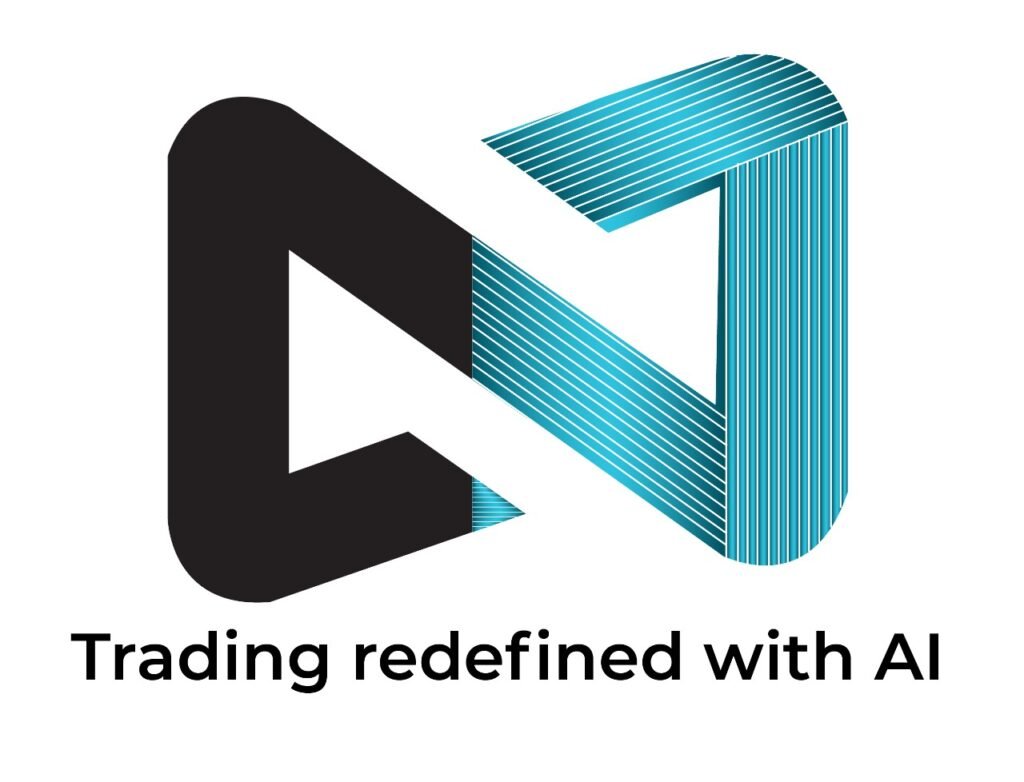What is Futures Trading? A Guide to Futures Trading – Everything You Need to Know About Futures Trading
Futures trading is a cornerstone of the financial markets, offering investors a way to speculate on or hedge against price movements of various assets. Whether you’re an experienced trader or a novice, understanding futures trading can significantly enhance your investment strategy. In this guide, we’ll explore what futures trading is, how it compares to options and other trading formats, the types of futures trading, its uses and advantages, and practical tips for getting started. We’ll also introduce you to Alphanumeriq.ai, an AI-powered trading platform designed to optimize your trading experience.
What is Futures Trading?

Futures trading involves buying and selling futures contracts—legal agreements to buy or sell a specific asset at a predetermined price at a specified time in the future. These contracts cover various assets, including commodities, indices, currencies, and interest rates. Futures trading allows participants to speculate on the future price of these assets, offering opportunities for profit in both rising and falling markets.
How Options Trading Works

Options trading involves contracts that give the holder the right, but not the obligation, to buy or sell an asset at a predetermined price within a specified period. There are two main types of options: calls (which give the right to buy) and puts (which give the right to sell). Unlike futures, options trading provides more flexibility, as traders can choose not to exercise the contract if the market moves unfavorably.
Futures vs. Options vs. Cash Trading

- Futures Trading: Obligates the contract holder to buy or sell the asset at the set price and date.
- Options Trading: Grants the right, but not the obligation, to buy or sell the asset.
- Cash Trading: Involves the direct purchase or sale of the asset at the current market price.
Types of Futures Trading

- Commodity Futures: Contracts for raw materials like oil, gold, or agricultural products.
- Financial Futures: Contracts based on financial instruments such as indices or interest rates.
- Currency Futures: Contracts for the exchange rate between two currencies.
- Energy Futures: Contracts for energy sources like natural gas or crude oil.
- Metal Futures: Contracts for metals like gold, silver, or copper.
Uses of Futures Trading

- Speculation: Traders aim to profit from price movements.
- Hedging: Businesses and investors use futures to mitigate the risk of price fluctuations in assets they are exposed to.
- Arbitrage: Traders exploit price differences between markets.
Advantages of Futures Trading

- Leverage: Futures contracts typically require a small margin deposit, allowing for greater exposure with less capital.
- Liquidity: Many futures markets are highly liquid, making it easy to enter and exit positions.
- Hedging: Futures can protect against adverse price movements in the underlying asset.
- Transparency: Futures markets are highly regulated, providing a fair trading environment.
How to Do Futures Trading

- Educate Yourself: Understand the basics and mechanics of futures markets.
- Choose a Broker: Select a reliable futures trading platform.
- Develop a Trading Plan: Define your strategy, risk tolerance, and goals.
- Start Small: Begin with smaller contracts to gain experience.
- Monitor the Market: Stay updated on market news and trends.
Examples of Futures Trading

- Commodity Futures: A farmer hedging against a drop in grain prices by selling futures contracts.
- Financial Futures: An investor speculating on the S&P 500 index rising by buying futures contracts.
- Currency Futures: A company hedging against currency risk by buying futures in a foreign currency.
Tips and Tricks for Futures Trading

- Stay Informed: Keep abreast of market news and economic indicators.
- Use Technical Analysis: Employ charts and indicators to identify trends and entry points.
- Manage Risk: Use stop-loss orders to limit potential losses.
- Diversify: Spread your investments across different futures markets to mitigate risk.
Introducing Alphanumeriq.ai AI Trading Platform

Alphanumeriq.ai is a cutting-edge AI-powered trading platform that enhances your futures trading experience. By leveraging advanced algorithms and machine learning, Alphanumeriq.ai analyzes market data in real time, providing you with actionable insights and automated trading strategies. Whether you’re looking to speculate, hedge, or arbitrage, Alphanumeriq.ai helps you make informed decisions with confidence.
Conclusion
Futures trading offers numerous opportunities for profit and risk management in the financial markets. By understanding its mechanics, advantages, and applications, you can effectively incorporate futures trading into your investment strategy. With the right knowledge and tools, such as Alphanumeriq.ai, you can navigate the futures markets with greater precision and success.
Key Features of Alphanumeriq.ai

- 100+ Advanced Indicators: Enhance your trading strategies with a wide range of advanced technical indicators.
- Clean UI: User-friendly interface designed to simplify your trading experience.
- Back Testing: Test your strategies on historical data to see how they would have performed.
- Forward Testing: Validate your strategies with forward testing to ensure they work in current market conditions.
- Paper Trading: Practice trading without risking real money.
- Realtime Data: Access up-to-the-minute market data to make informed decisions.
Ready to elevate your trading game? Sign up for a 30-day free trial of the best AI Trading platform, Alphanumeriq.ai. Experience the power of advanced indicators, real-time data, and comprehensive testing tools to refine your trading strategies and make smarter trading decisions.


Leave a Reply